Jun. 25, 2020
An Interview with Alex DiFrancesco
Categories:
Awards
Ohioana is very happy, this Pride Month, to have had the privilege of interviewing one of our current Ohioana Book Award finalists, Alex DiFrancesco. Alex is a multi-genre writer who has published work in Tin House, The Washington Post, Pacific Standard, The New Ohio Review, Brevity, and more. In 2019, they published their essay collection Psychopomps (Civil Coping Mechanisms Press) ... Read More
